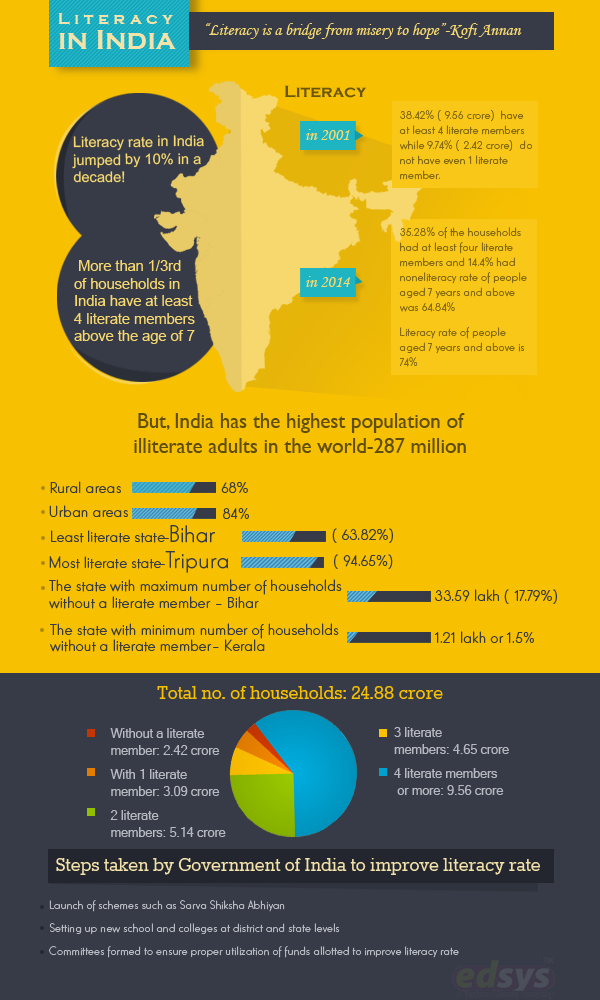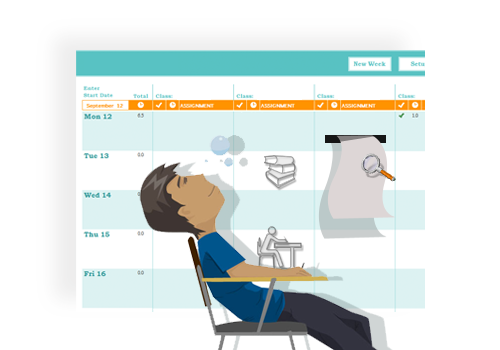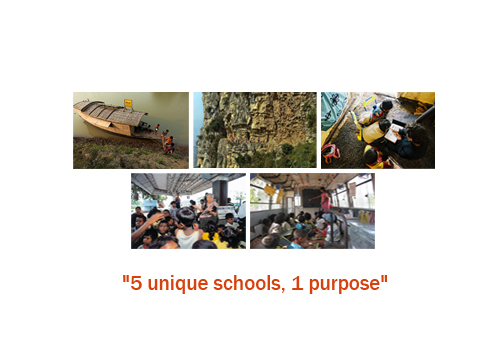A learning app serves as a virtual link between teachers and students. Institutions are launching educational applications for a number of courses as a result of the expanding trend and demand for e-learning. Without a doubt, the latest trend of educational app access makes institutions and entrepreneurs aware of their business’s development potential.
Educational App Development Cost
The cost associated with developing educational applications is determined by several factors. Your first step is to think about the features, what operating system to choose, how much time you have allotted, and how many unique features there are.
Furthermore, the cost of developing an educational app is determined by the specific requirements of each course as well as current e-learning trends. The cost of your project is also determined by the developer’s productivity. You can either hire a professional team to fulfill your requirements perfectly or hire independent freelancers in this scenario.
If roughly estimated, a best-in-class educational software will cost between $15,000 to $50,000, depending on the level of main and must-have features and functionalities. In India, the per-hour cost ranges from $18 to $35.
Development Processes For Trending Educational Apps
To ensure quality app development and deployment, clean processes should be followed from research and requirement gathering to planning and development.
Step-1: Research and Idea: You should have a clear concept about the project if you want to design a successful mobile learning application. You should gather all of the content for the programs you wish to offer in the app. To make your app distinctive and remain ahead of the online learning market, you’ll need to conduct extensive research.
Step-2: App Design: Apps with an appealing User Interface (UI) are more popular on mobile devices. The app’s user-friendly UI allows for easy access to the app’s content. For easy access, use medium-sized items and visuals in the UI.
Step-3: App Development: You can begin the development phase when the design phase is completed. This step includes everything from app functionality to front-end and back-end development. This stage will also include app testing and issue fixes.
Step-4: App Deployment: Simply deploy the app on the operating system of your choice when all app parts have been completed. An application will run well on the selected platform, whether it is Android or iOS.
The advantages of online learning apps
Learning efficiency:- Educational applications allow students to learn a subject in a more personalised manner. It improves the interactivity and efficiency of online learning.
Flexibility in Learning: – It could be utilized whenever and wherever the student’s schedule allows, helping them to attend lectures from the comfort of their homes.
Enhanced Digital Communication:- Education applications may also assist parents and teachers maintain a positive connection. Teachers can use the applications to answer parents’ concerns about their child’s progress.
Educative activities:- Multipurpose educational applications enable students in improving their abilities in a variety of courses, aptitude, and a variety of other knowledge-oriented activities.
Cost-efficient:- Online learning app subscription fees are substantially lower than what students pay for educators.
Remote Learning:- E-learning applications allow students to learn at their leisure, even when they are not in the classroom. They facilitate speedier learning and enhance students’ capacity to comprehend topics more thoroughly.
Availability:- Educational applications are continually active, letting learners to log in and start studying at any time.
Conclusion:- Countries like India are working hard to keep up with the current app development trends. Outsourcing to a country like India can result in a low-cost, quick-to-market app.
However, estimating the overall cost of developing an app in India is a difficult task. An app developer may predict future issues and design accordingly with a correct cost estimate. App developers may utilize the App Cost Calculator built by Redbytes to turn their ideas into exceptional apps.
You will have better mobile app development outcomes if you can estimate the cost of each stage of app development based on your demands and requirements.
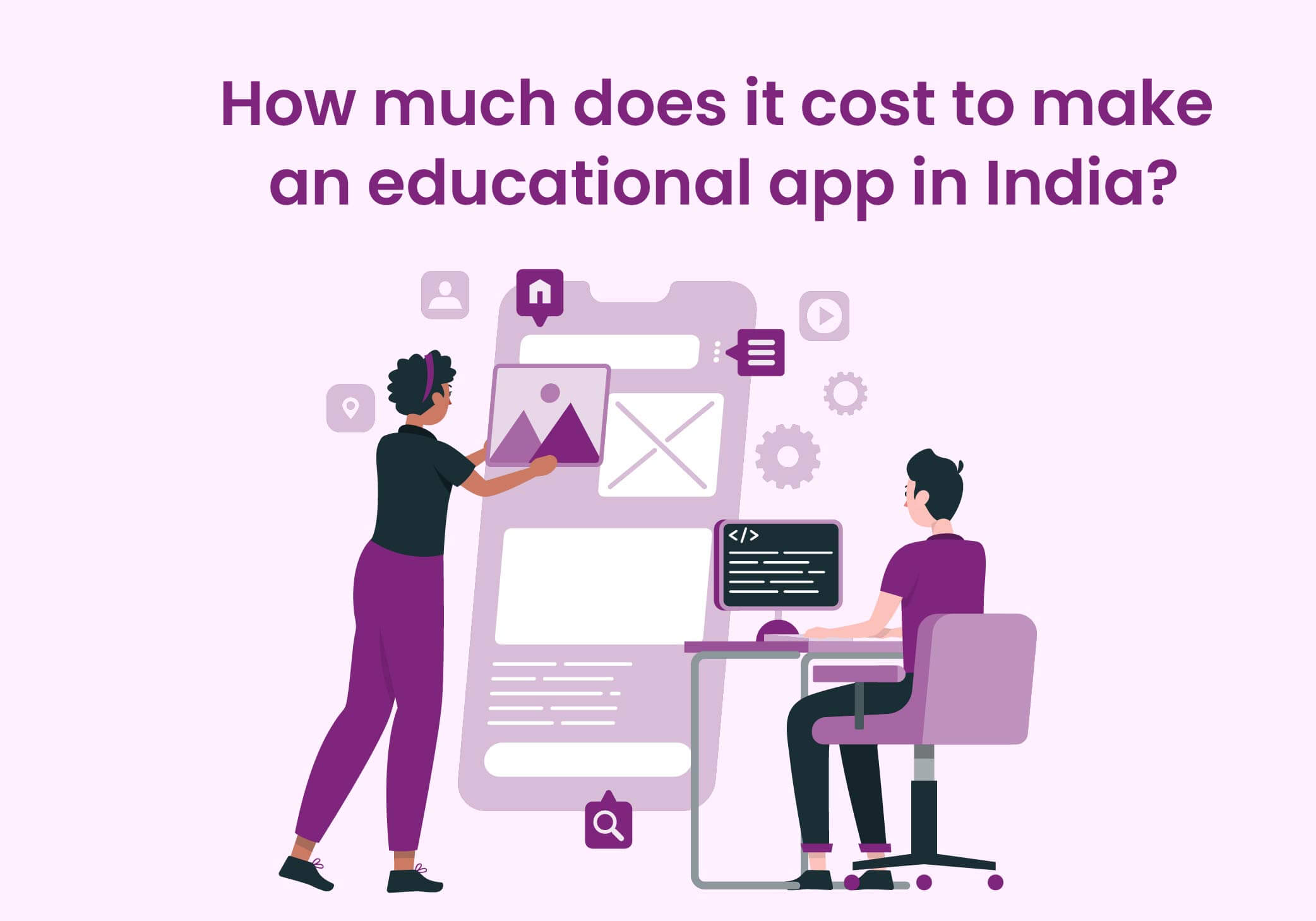


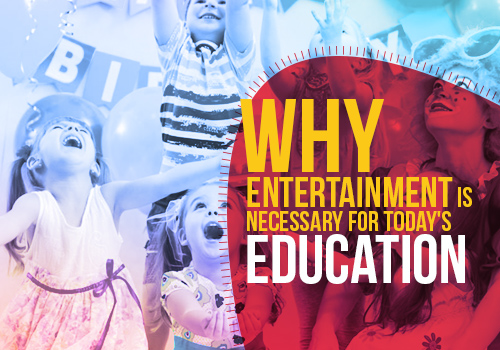

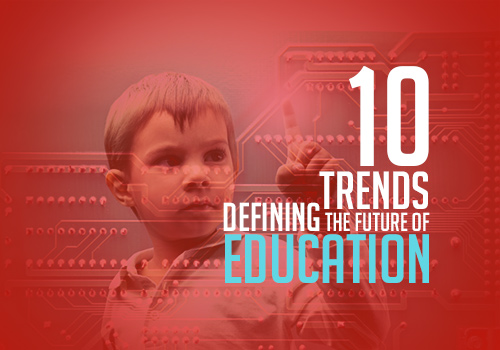


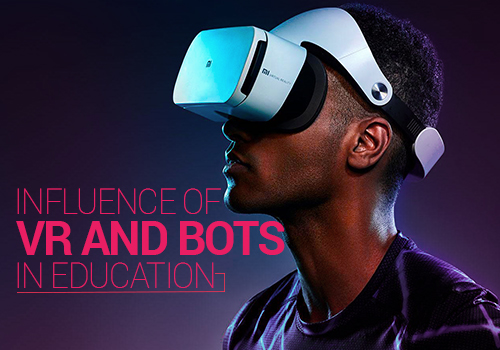
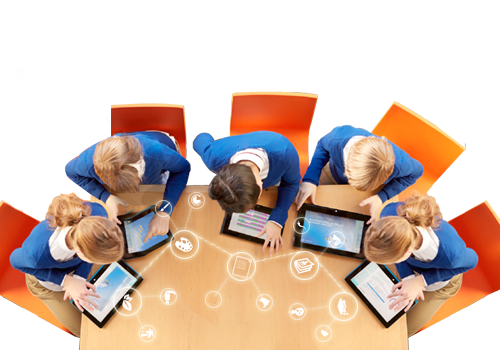
![Literacy in India [Infographics]](https://wp.edsys.in/wp-content/uploads/2014/12/literacy.jpg)
